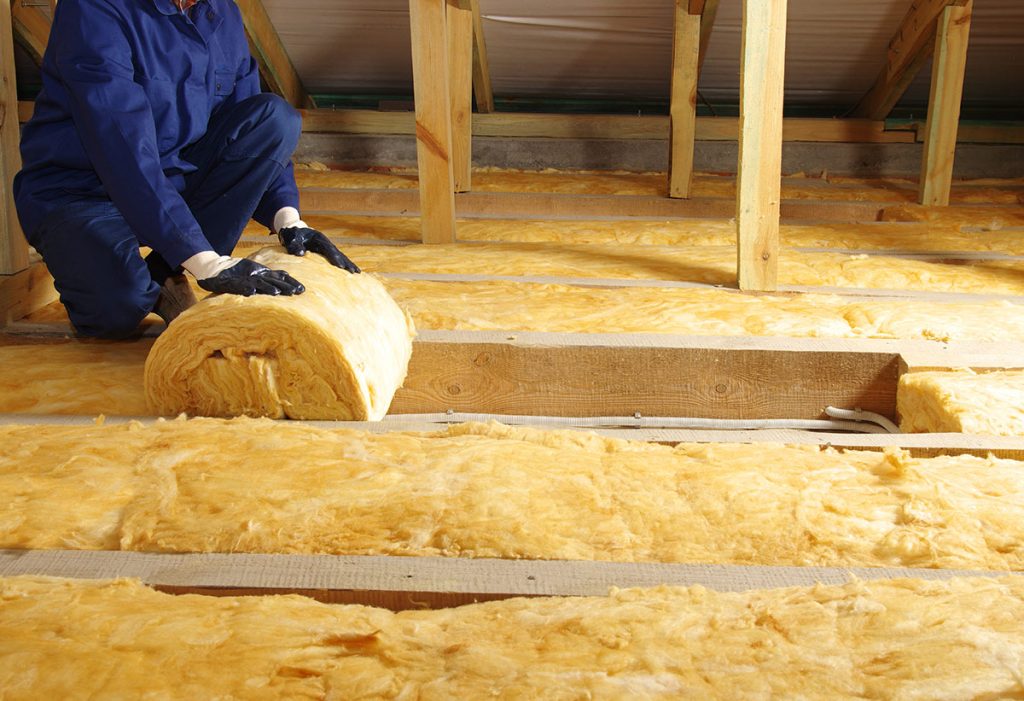Evaluating the Current State of Your Home
Before diving into upgrading your home’s insulation, the initial step involves determining its present state. An energy assessment offers insights into your home’s current insulation and airtightness levels. This process can sometimes make assumptions based on the house’s construction year and type. You might find that your home’s actual energy efficiency deviates from the report, whether due to the natural properties of the construction materials or due to inadequate installation at the time of building. Nevertheless, your subsequent insulation upgrade will heavily rely on this energy assessment, which is usually based on a site survey. You can acquire this through your insulation supplier or hire an independent energy assessor.
To ensure the insulation strategy effectively prevents moisture buildup, a condensation risk analysis is imperative. It’s also a good idea to engage an independent advisor for unbiased advice and a second perspective, especially if concerns emerge during the design or construction phase.
When making these upgrades, it’s paramount to remember that as you enhance your home’s energy efficiency, its ventilation requirements might shift, potentially rendering natural ventilation insufficient.

Choosing Between Deep and Shallow Retrofits
Shallow retrofitting might involve smaller projects like adding insulation to the attic. While this method can be cost-effective, for significant energy efficiency improvements, it’s essential to address the entire house. A deep retrofit, on the other hand, revolves around a comprehensive energy assessment. It not only includes insulation upgrades but also airtightness improvements, window replacements, and possibly a new ventilation or heating system. Given the invasive nature of deep retrofits, homeowners often simultaneously opt for other enhancements like re-wiring or re-plumbing.
Fabric Upgrades: Addressing Floors, Roofs, and Walls
While upgrading floors can be disruptive and is typically reserved for extensive renovations, it’s worth noting that they don’t always need insulation in a deep retrofit. But if they aren’t insulated, other parts of the house should offset the floor’s energy performance.
Roof insulation has various methods, ranging from straightforward insulation rolls above the ceiling to complex insulations at rafter level. The choice often depends on factors like ceiling slope and accessibility. Wall insulation, on the other hand, can be tackled externally, within cavities, or internally. Each method has its considerations and requirements, from the need for specific products to potential disruptions and adjustments inside the house.
Key Recommendations for Home Energy Upgrades
- Stay Flexible: Let the home and the energy assessment guide your insulation choices. Different houses have different requirements and optimal solutions.
- Vet Your Contractors: Prioritize credibility. Research your chosen insulation contractor’s track record and ensure they are proficient in their trade.
- Certifications Matter: Systems for external wall and cavity wall insulation have associated certifications. Confirm that your chosen system and its installation align with recognized standards.

Exploring Grant Opportunities
Several grants are available in Northern Ireland and the Republic of Ireland for energy upgrades. Their value and accessibility can vary based on factors like income and the home’s construction year. Generally, while shallow retrofit grants are pursued individually, deep retrofit grants in the Republic of Ireland necessitate an approved One Stop Shop.
Navigating Regulatory Requirements
Both Northern Ireland and the Republic of Ireland have building regulations that apply to energy upgrades. These regulations specify performance levels, U-values, and renovation conditions to maintain energy efficiency and safety standards. It’s essential to engage a qualified professional, such as an energy assessor or architect, to clarify if your renovation meets these criteria.
Importance of Airtightness
For those opting for a deep retrofit, the package will likely include an airtightness and ventilation strategy. If you’re tackling smaller projects, focus on minimizing unintentional air paths. This might involve sealing certain areas, installing draught-stripping, or even adding a draught lobby. However, as you enhance airtightness, ensure your home’s ventilation remains effective to maintain high indoor air quality.




